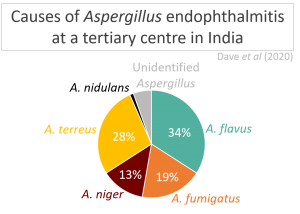Submitted by BethBradshaw on 12 January 2018
How do research councils and charities make sure they distribute research grant money fairly, and target the diseases that cause the most harm?
Dr Michael Head and colleagues at the University of Southampton recently published a systematic analysis addressing exactly this question for the infectious diseases field. They compared research grant data gathered as part of the Research Investments in Global Health (ResIn) study against estimates of the costs of those diseases to the country, as estimated by the Global Burden of Disease (GBD) study. For each infectious disease, they calculated the amount (£) invested per death, DALY and YLD associated with it.
Overall investment totalled £2.4 billion, in the form of 5,685 grants from research councils and charities. Antimicrobial resistance was a key area of concern, and was the theme of several calls for applications by major funders such as NIHR, research councils and the Wellcome Trust. The disease receiving the most funding was HIV (16%) and the disease area receiving the most was respiratory infections (19%).
Relative to the disease burden they cause, apparently well-funded diseases included measles, hepatitis C, HIV, TB and enterotoxigenic E. coli. Relatively neglected diseases included some sexually-transmitted infections (syphilis, gonorrhoea) and pneumonia. Funding was largely tilted towards pre-clinical research (69%) rather than clinical trials or public health studies.
The next round of the ResIn trial is scheduled to begin in 2018.

News archives
-
Title
Date


